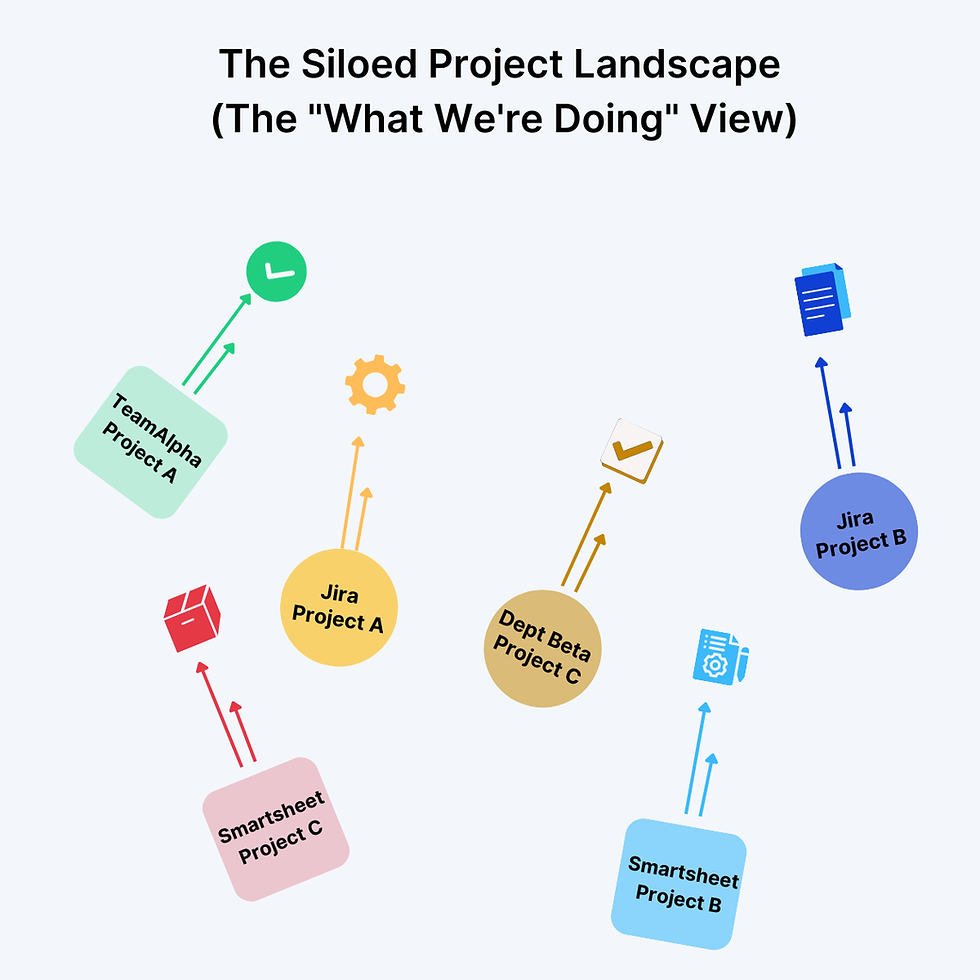Elusive Adoption: Why Business Planning & Execution Strategy Rarely Takes Root
- Anthony Maiello

- Jul 16, 2023
- 2 min read
Updated: Feb 9, 2024
By Dr Dale McMullin StratifyPro Board Advisor, StratifyPro

In the fast-paced and competitive world of business, the importance of having a well-crafted strategy cannot be overstated. A carefully formulated business strategy serves as a roadmap to success, guiding organizations toward their goals and objectives. However, despite the abundance of strategic frameworks and presentations outlining go-forward methodologies, many businesses struggle to effectively implement and adopt their strategies. So, why does business strategy often fall short of achieving widespread adoption within organizations? Here are three common reasons ...
Lack of Alignment

One of the primary reasons business strategies fail to gain traction is a lack of alignment between the strategy and the organization’s vision, mission, and core values. Often this can be traced back to culture and entrenched capabilities. By holding on to “what is” many businesses resist adapting to what “could be”. If the strategy is not aligned with the existing organizational structure and processes, employees may perceive it as an external imposition, or even a threat, leading to resistance and non-compliance. Successful strategy implementation requires careful consideration of the organization’s DNA and the development of a people-first, tailored approach that integrates with both existing business pursuits and future systems.
Inadequate Communication

Communication breakdowns can undermine even the most well-crafted strategies. If the strategic plan is not effectively communicated throughout the organization, employees may lack clarity on their roles, responsibilities, and the overall strategic direction. With todays technical options, there simply is no excuse for poor communication. Even 100% remote organizations can stay connected through meeting, chat, and email channels on their phones and desktops. Without clear communication, strategy adoption becomes a nebulous and fluctuating challenge, often falling victim to individual politics. Leaders must foster and consistently drive a culture of transparency and engage employees in the strategy formulation and implementation processes to promote ownership and understanding.
Ineffective Performance Measurement

A lack of clear performance metrics and accountability mechanisms can hinder strategy adoption. When employees do not understand how their efforts contribute to the overall strategy, it becomes challenging to track progress and identify areas for improvement. What’s more, all metrics should be clearly tied to objectives so that the “definition of done” is clear. Implementing a robust performance measurement system, with regular feedback loops and meaningful metrics, can help align individual and team efforts with the overarching strategy, creating a sense of purpose and driving adoption.
While crafting a sound business strategy is undoubtedly crucial, its ultimate success lies in its adoption by the organization. The path to widespread adoption is riddled with challenges, such as misalignment, poor communication, resistance to change, and ineffective performance measurement. Addressing these hurdles requires proactive leadership, a focus on organizational culture, and a commitment to ongoing engagement and support. With focus on culture and commitment by the company, having the right tools like StratifyPro will accelerate and help your strategy's success. By understanding these common pitfalls and implementing strategies with the right tools to overcome them, businesses can increase the likelihood of successful strategy adoption and drive meaningful results.




Comments